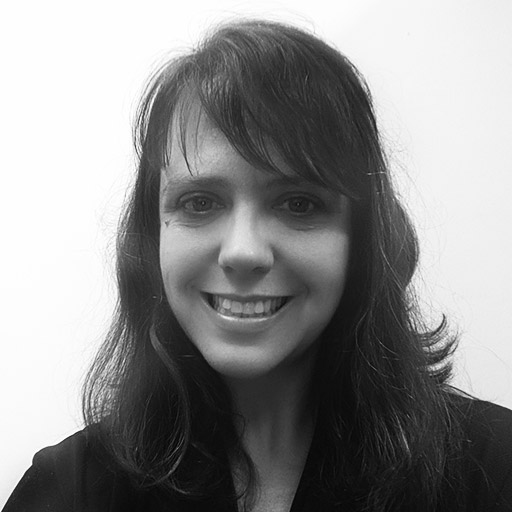Charlene Watkins
Dear Reader,
I find myself wearing my mask more often when I’m out, given the new COVID-19 variant on the rise. Managing current changes within our workplace requires understanding that the shift toward “normal” may be temporary, delayed, or only partial. And this may change over time. Dea Styles is a business consultant with seven years’ experience helping businesses deal with the challenges of changing times. Her recent focus relates to working environment shifts resulting from the pandemic.
Dea says, “You could catch COVID while at work, or you could be safe from the virus but vulnerable to the mental health issues that come with lockdowns, personal distancing, and the attendant issues of working remotely.” She underscores both the physical and psychosocial implications related to working at a stressful time and evaluates workplace changes along three main areas:
- Working from Home
While employing prevention protocols and shifting to a home work environment may cut COVID-19 exposure risk by more than half, working alone at home can exacerbate the feeling of isolation among certain populations. For some, it is essential to develop consistent and scheduled ways to connect remotely with coworkers while also maintaining personal relationships. Email can convey imprecise tone, social media can have either a positive or negative effect on mental health, and sometimes a traditional phone call to connect is most effective. Breaks—especially those which occur outdoors—or exercise can boost mental health among solitary workers.
Working away from the IT infrastructure of a traditional office could put sensitive data at risk. Following organization protocols for maintaining the security of this information is essential. This may involve antivirus software, regular system updates, a virtual private network, encryption, and strong, hard-to-guess passwords. For those in a shared living arrangement, keeping work matters private may require being innovative in terms of finding places to discuss and store materials. For this reason, a locked safe for documents or even moving an HR discussion to one’s car could be an option.
2. Reshaping the Workplace
When an employee’s mental health or job description necessitates one’s physical presence at the office, workplace managers should ensure that workers are informed of the reasons and protocols related to spacing, cleaning, and reporting to work if unwell or waiting for pending test results. This can involve periodic discussions among staff about their level of comfort periodically as changes arise. For instance, someone who is fully vaccinated against COVID-19 might have felt at ease among unmasked workers only until there is a local increase in cases or breakthrough cases related to a specific variant. And some staff may wish to periodically disinfect their space at specific times during the day, rather than wait until the end of the day and rely on other individuals performing the task. Engaging over time allows workers to feel they can be heard, ask questions, and understand the why behind policy shifts.
3. Contactless Operations
Shifting in-person services to remote-service options is one way to reduce physical contact with others in a work environment. This may increase operational efficiency while remaining in-person staff are able to cover those services that must be completed directly. There is, however, a human cost to diverting most things to digital customer care. It is one thing to transact payments remotely, and quite another to address someone’s sensitive matters remotely at an elevated volume due to a mask and a plexiglass barrier. When physical expressions may be absent on the phone, in a remote hearing, and behind a mask, what we say and how we say it (in terms of tone, content, and providing an opportunity to ask questions and to be heard) becomes more important. Focusing on our vocal communication style can be the hallmark of effective remote-service options.
As we navigate changes in terms of redefining workspaces, I am glad to see more of my coworkers coming to our office every day. They can’t tell it, but I’m smiling behind my mask.
Best wishes,
Charlene



